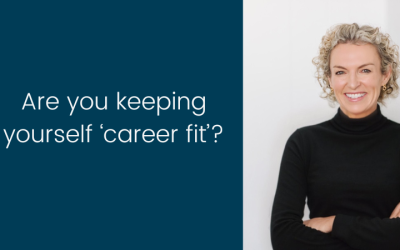As the job market has become more competitive in a post-Covid-19 world, having a compelling, modern and keyword optimised resume has never been more important. Recruiters will be reviewing larger volumes of resumes and in many cases, a ‘bot’ will decide whether your resume is ‘in’ or ‘out’ before it is even seen by a human. So, what do you need to do, to have a ‘best practice’ resume’ in 2021?
To give yourself the best chance of securing an interview, there are the five key areas that you need to pay attention to:
- Crisp writing and succinctness – needless words and phrases do nothing but distract and overwhelm your readers
- Keyword optimised – includes keywords that would match the keywords in the role description of your ideal next role
- Clean and simple formatting – use a clean, modern design and a sleek font (no embedded graphics and images)
- Perfect grammar and descriptive storytelling
- Maximum of 4 pages in length (definitely no longer)
In most cases, a recruiter will only scan the first page of your resume and decide whether to read on, so it needs to quickly attract the attention of the reader. We suggest including your LinkedIn URL, (if you have one) and your phone and email address. Now is the time to get a Gmail address if you are still using Hotmail or Yahoo, as these old email addresses are not projecting a professional image. In addition, many Applicant Tracking Systems (ATS) send a Hotmail address to spam.
So what should a resume look like in 2021?
Promoting your brand is really important and a well-written career summary is now more important than having an objective section. This is a high-level overview of your candidacy and should highlight achievements and attributes that make you most valuable to an employer. This is to demonstrate what YOU can do for an employer rather than focusing on what they can do for you.
Below the career summary should be a key skills section. This ties in with the career summary and reaffirms the value and expertise that you can bring to the role. We suggest you slightly tailor this section to suit each job posting you apply for, as applicant tracking systems scan resumes looking for keywords to move the candidate forward. Hence words and phrases from the job posting need to be closely reflected in your resume.
The employment history section should also match the language of the rest of your resume and have a storytelling component. If you can, weave a story into a few lines explaining why you changed industries or why you were promoted. This section should only list your most relevant work history, so don’t include experience that dates back further than 10 years unless it is really going to add value to a future employer.
The employment history section should also be weighted towards achievements rather than responsibilities. A laundry list of responsibilities is not going to do you any favours. Achievements should highlight the impact that you have had in each role that went above and beyond what was expected. You might look at past performance reviews for ideas and think about what you’ve done better than anyone else in your previous roles – quantifiable evidence is best to support this section.
If you are unsure whether your resume, cover letter or LinkedIn profile is considered ‘best practice’, then contact Leah Lambart at leah@relaunchme.com.au to organise a free review.
Relaunch Me has offices in Melbourne VIC and Sydney NSW. Contact us via the Contact page to organise a consultation with one of our coaches or to work with one of our writers to update your resume or LinkedIn profile.





